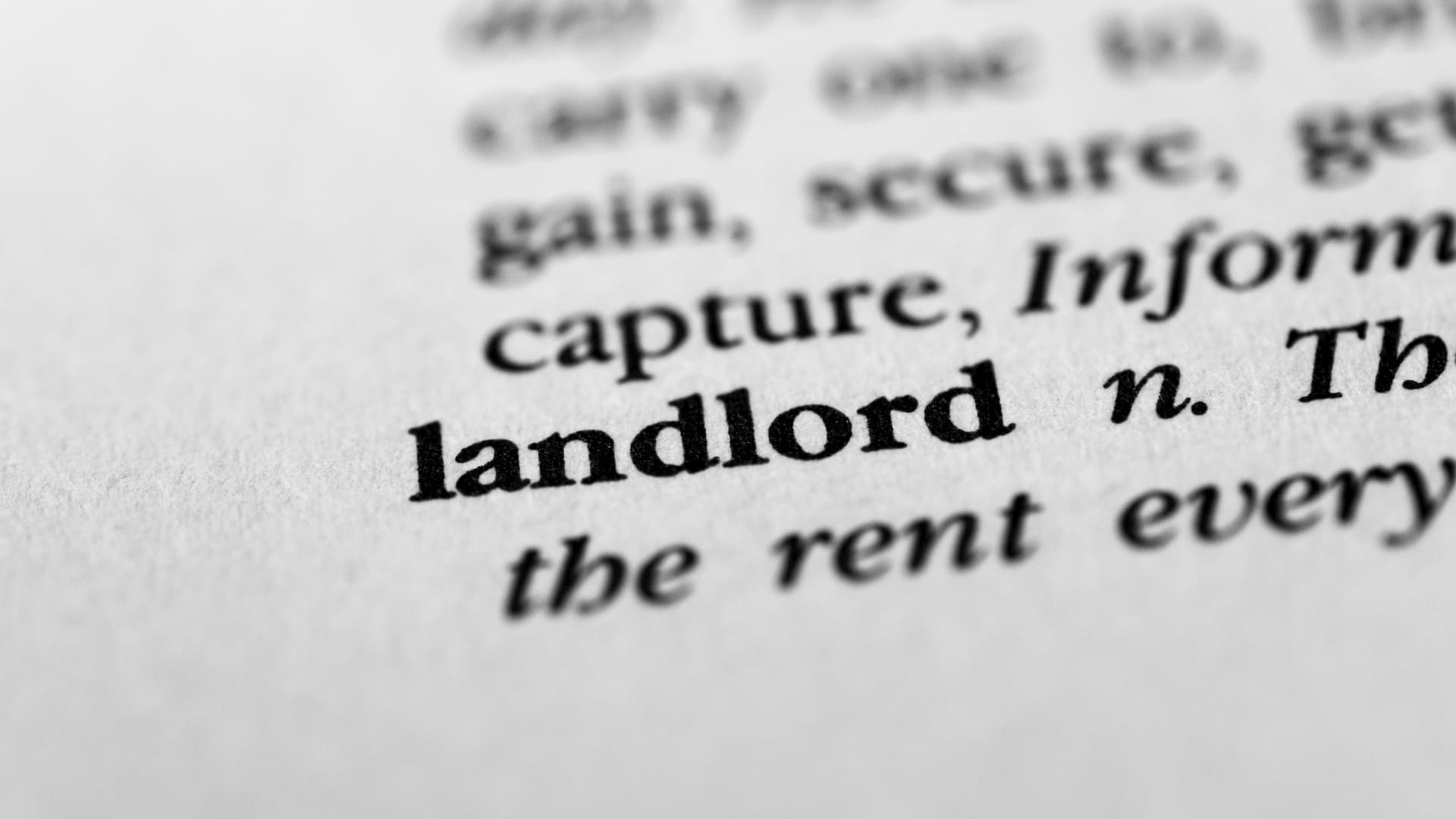


Fewer Active UK Landlords in 2019 as the Sector Professionalises
There were fewer active landlords in 2019, while rents rose across the year compared with 2018. However, while the smaller number of landlords operating in the UK highlights there has been a bit of an exodus in recent years, those who remained in the industry are more likely to own multiple properties. That suggests that those landlords who are still investing are expanding their portfolios as the sector shows signs of professionalising.
According to recent research on the UK’s lettings industry by Hamptons International, there were 2.66 million active landlords operating in the UK in 2019, the lowest number since 2012. That’s below the 2018 total and also the peak of 2.88 million landlords in 2017.
Landlords choose to exit the industry
The figures from the data show that some 222,570 landlords have sold up and left the Buy-To-Let (BTL) industry in recent years. It’s likely that many of those landlords who sold their investments did so because of the increased regulation and cost burdens that have been introduced in recent years.
There have been numerous new rules that have affected BTL investors in recent years. They include:
- Increased Stamp Duty Tax on additional property purchases
- The phasing out of mortgage interest tax relief
- Additional regulations relating to energy efficiency
- HMO registration requirements
Indeed, the decline in the number of active landlords operating I the UK is likely no surprise to many market watchers, commentators and participants who have long warned of this development.
However, while there are fewer landlords in the UK, they are more likely to own multiple properties, with the average portfolio size for landlords in 2019 hitting 1.93. That’s the highest level since 2009 when the average landlord owned 2.02 properties. The research also shows that in 2019, 30% of landlords owned more than one BTL property, the highest proportion on record.
“The number of landlords in the private rented sector has fallen to the lowest level in seven years,” said Aneisha Beveridge, head of research at Hamptons International. “While 222,570 landlords have left the sector since 2017 due to tax and regulatory changes, those who have stayed tend to have bigger portfolios – a further sign that the sector is professionalising”.
Rents rising
In addition to the news that more landlords have larger property portfolios than ever before, Hamptons’ research confirms that despite some minor bumps, rents continued their broad-based rise in January 2020.
According to the property management firm, the average rent across the UK was £998 per month in January, a 3.6% increase from a year earlier. Rents rose in every region across the UK, with the highest increase of 6% recorded in south west England and the lowest of 1.2%, in Wales.
Average UK Rents by Region

“Rents rose in every region across Great Britain in January to stand 3.6% higher than at the same time last year” Aneisha Beveridge said. “The number of new homes purchased by landlords remains low, which is feeding through to fewer homes available to rent.”
That means that while there are fewer landlords across the UK, those who are still in the industry are reaping the doble reward of having larger portfolio’s and higher rents. That’s great news for active property investors and the lettings industry.



